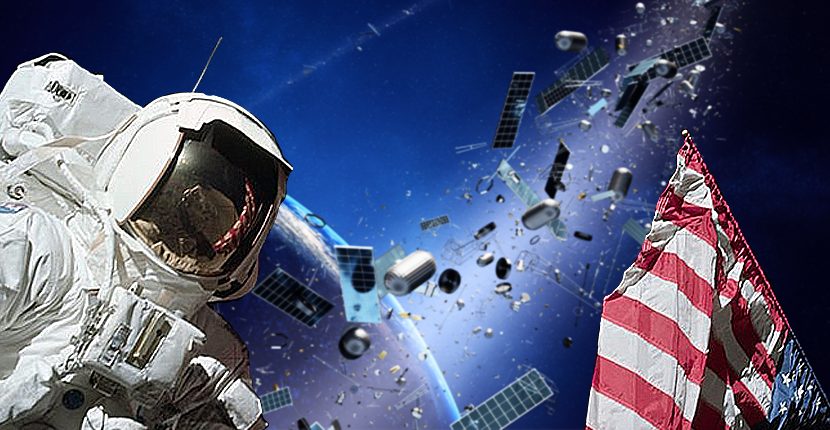In the history of mankind, there truly are few things that can compare to the impressive achievements of the National Aeronautics and Space Administration, aka NASA. NASA was officially founded on October 1, 1958 in response to the launch of Sputnik I by the Soviet Union in October of 1957.
Put simply, the Cold War created the perfect atmosphere to foster competition on the final frontier. With the United States public rallying behind NASA, they were able to receive more funding than previous research attempts, and in the wake of speeches made especially by President John F. Kennedy, the Apollo program was launched.
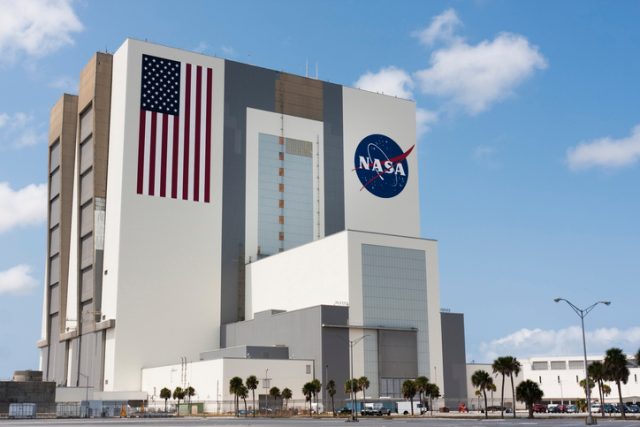
When most people think of American space missions and footage of astronauts, they think of these missions. The Apollo missions used the Saturn V rocket, a platform consisting of three stages which fire off sequentially.
The first stage uses five F-1 engines and produces almost 7.7 million pounds of thrust by burning a mixture of kerosene and liquid oxygen. The second stage uses five J-2 engines that deploy at 38 miles above the Earth, with the third stage deploying when the rocket hits orbit. According to the Smithsonian, the Saturn V is the largest and most powerful rocket ever used by the United States.
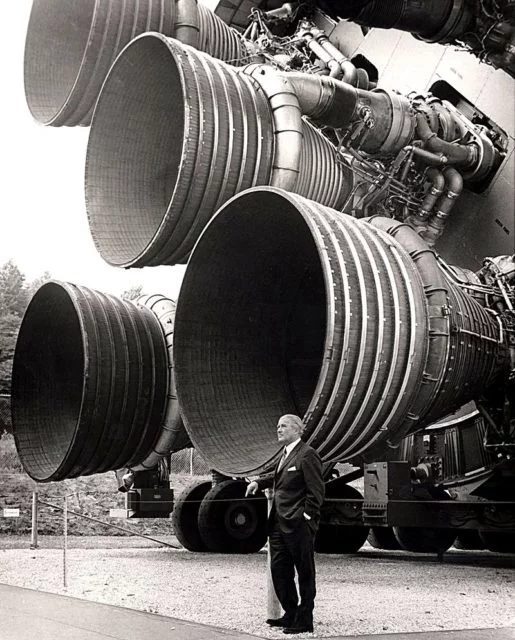
This story is only partially about the Saturn V rocket, however. On September 3, 2002, our attention was captured by an object that was first spotted by an amateur astronomer named Bill Yeung. This object, named J002E3, had been orbiting the Sun in the same orbit as the Earth for thirty years.
Then in 2002, the object moved into the L1 Lagrange point of Earth — for those that don’t know, the Lagrange point is the point where the gravity of two celestial bodies cancels each other out — then it started to orbit Earth at high speed.
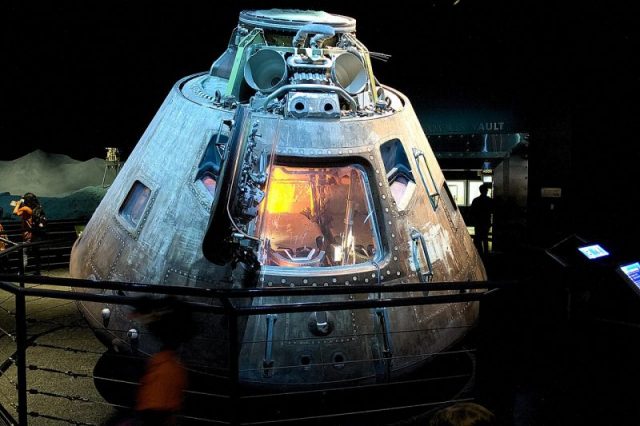
J002E3 was scrutinized by the astronomy community at large and was swiftly theorized to be a piece of the Apollo 12 mission from 1969. J002E3 orbits the Earth at roughly a 43-day interval, according to Paul Chodas on nasa.org, and because of the paint on a Saturn V, it appears very bright when the light of the Sun bounces off it.
As even more evidence, the astronomy community created a simulation based on the original separation of the rocket in 1969 and accounted for acceleration. The findings correlated the theory of the object being a piece of the rocket from the 1969 launch before it floated back into our orbit.
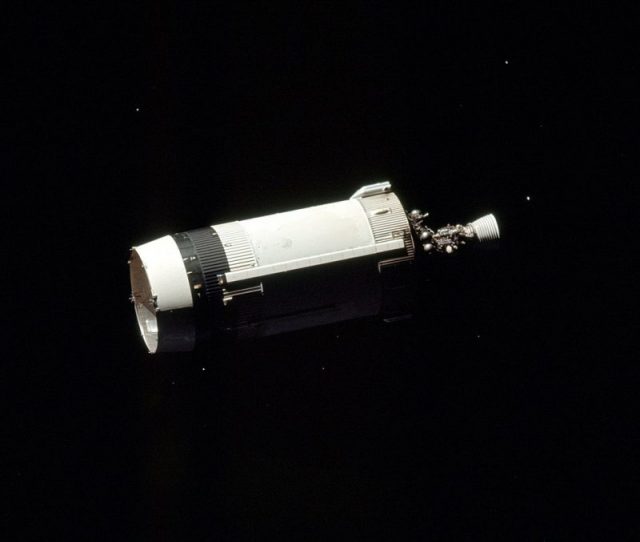
How did J002E3 end up far enough away to fall out of the gravity well of Earth in the first place? The gravity well is the sphere of influence of Earth’s gravity in space. To answer the question, we have to go back to the intention of the Apollo program and especially Apollo 12.
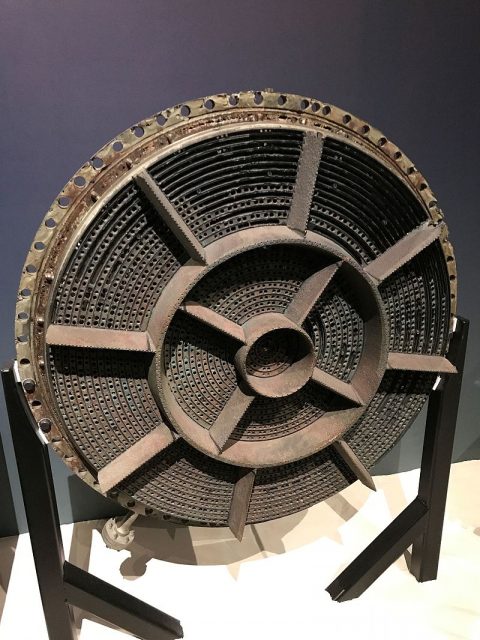
Apollo 12’s mission included extensive exploration on the lunar surface. The crew had a different course from previous missions, with a higher inclination to the lunar equator, which caused gravity to affect the rocket stage in a different way from previous flights. This alternate path could account for the odd trajectory of J002E3.
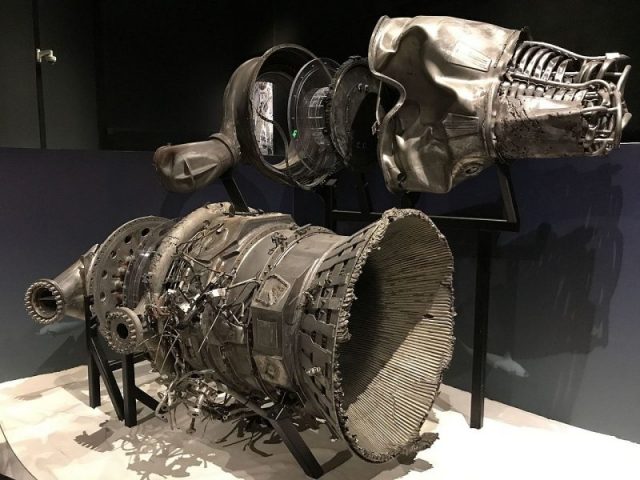
When talking about objects moving incredibly quickly around the Earth, there are a lot of people who immediately start worrying about apocalyptic disasters such as asteroids crashing into the Earth, like the one that is thought to have wiped out the dinosaurs.
But we may actually want to focus on a different possible scenario, the Kessler Syndrome. The Kessler Syndrome is when there are too many satellites in orbit around Earth to the point that if one of the orbiting satellites is impacted by space debris, it could cause a chain reaction that wipes out many other orbiting bodies.
So, could J002E3 cause this problem? Well, according to the astronomy community, there shouldn’t be anything to worry about for at least four decades, which is the period it takes for J002E3 to go from a heliocentric orbit back into the Earth’s sphere of influence.
